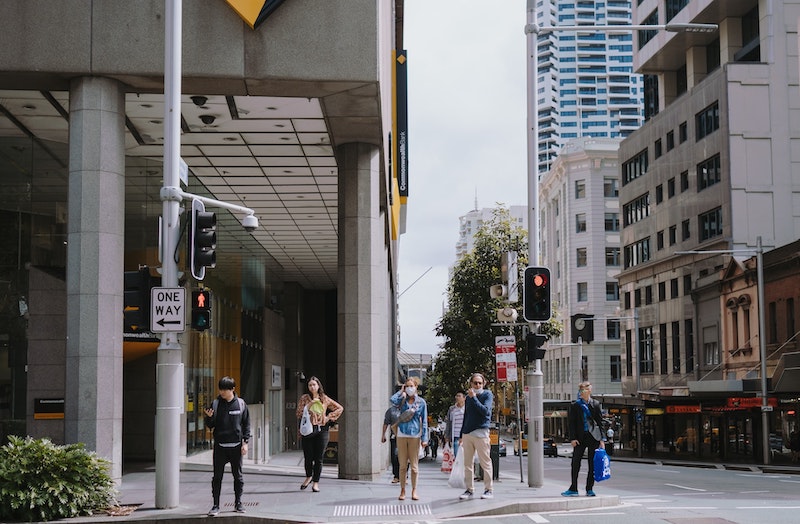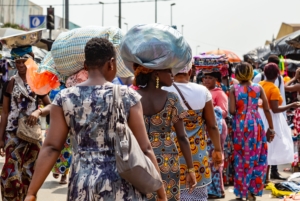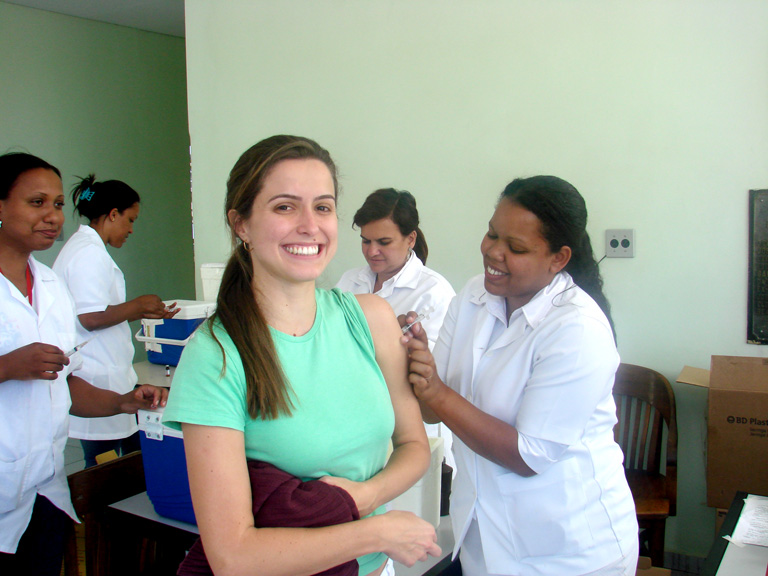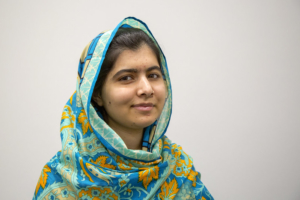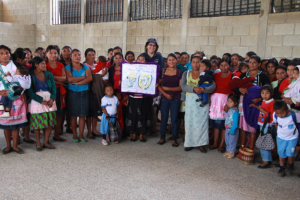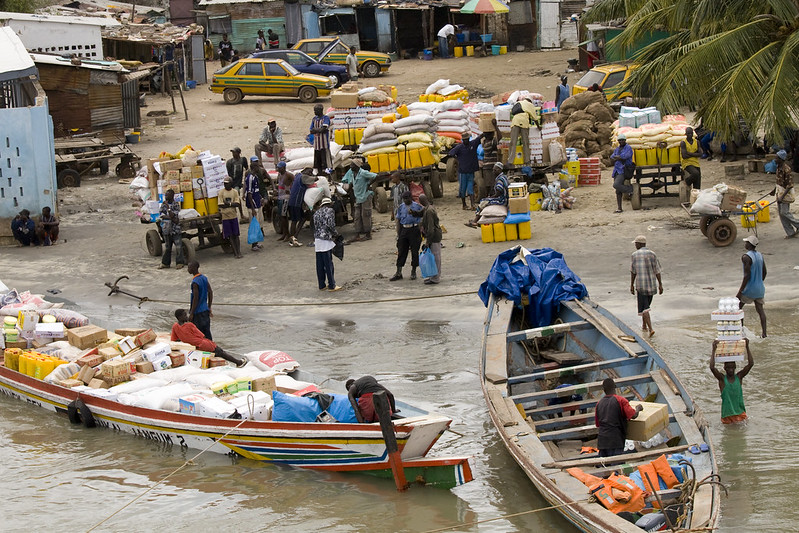
The Gambia is a small country in West Africa with a population of only 2.4 million people. The most recent statistics from the World Bank have indicated that as of 2015, 10.3% of the population was living below the poverty line. The pandemic has had a devastating impact on The Gambia, both in terms of its people and the country’s economic stability.
The U.N. has been working with the Gambian government, development partners and other stakeholders to nurture a comprehensive partnership to build back for the better. This is part of a global effort to ensure that the disruption that the COVID-19 pandemic caused does not lead to more challenges than the virus itself.
The Impact on Employment in The Gambia
The COVID-19 pandemic has had an impact on employment in The Gambia. For example, the International Labour Organization (ILO) has predicted that unemployment rates increased from 9.5% to 11.2% from 2019 to 2021. This is because many businesses had to close or reduce operations in response to the pandemic.
The COVID-19 pandemic in The Gambia has led to a reduction in economic activity since people’s incomes have decreased and the prices of goods and services have increased.
Additionally, COVID-19 in The Gambia has led to the decline of many economic sectors including the tourism industry. For example, the number of tourists in the country dropped to 53.7% from February to March 2020. According to the Gambian Bureau of Statistics, out of 266 formal tourism establishments, 167 had to reduce their trained staff while the other 65 establishments reduced the pay of their staff.
The Economic Impacts
The COVID-19 pandemic has had a significant impact on poverty in The Gambia. The country was already struggling with high levels of poverty, and the pandemic has made it even harder for people to make ends meet.
The impact of COVID-19 on poverty in The Gambia has led to slower economic growth in the country. The Minister of Finance and Economic Affairs indicated that the economic impact of COVID-19 would lead to a loss of 2.5 million Gambian dalasis equivalent to almost $50,000. As a result, the economy would shrink from 6.3% in 2020 to 3.3%.
Solutions
The government of The Gambia has responded to the outbreak by implementing a number of measures to support those the pandemic has affected. These include providing financial assistance to households impacted by job losses, increasing food production and expanding access to health care.
In April 2020, the government started a food relief program to help almost 84% of the population, providing them with 50 kg of rice, cooking oil and sugar. Additionally, The Gambia provided loans to small and medium Enterprises (SME) so that they do not lay off their staff members and can boost their business.
The impact of COVID-19 pandemic has had a dramatic socio-economic impact on poverty in The Gambia. This is mainly due to the fact that the pandemic has caused a decline in economic activity. However, with the help and support from the government, The Gambia was able to stabilize after the pandemic also with the help from donors such as WHO who were able to provide masks and vaccines to people and also aid from USAID that helped improve the livelihood of people from The Gambia.
Without this support, many more people would live in poverty in the Gambia. While the pandemic has been a tragedy for so many, it is heartening to see that there are some people and organizations who are working to make a difference.
– Frida Sendoro
Photo: Flickr
